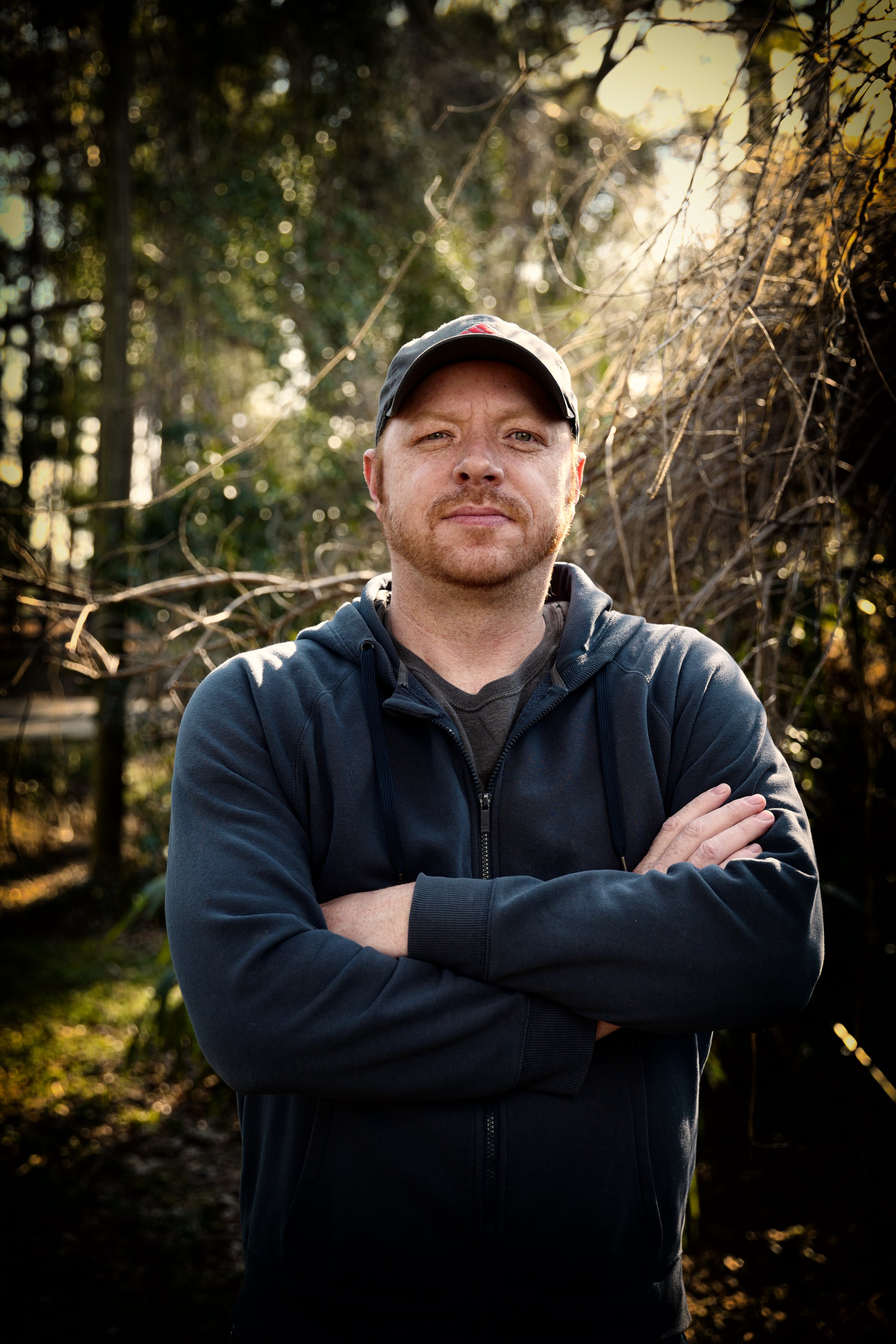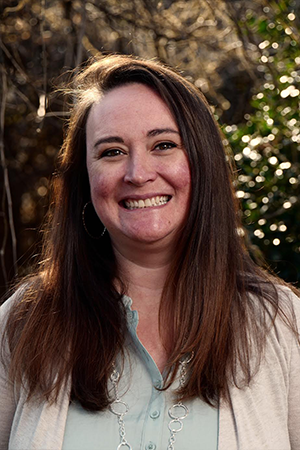The smart Trick of Circular Dichroism That Nobody is Discussing
The smart Trick of Circular Dichroism That Nobody is Discussing
Blog Article
Getting The Uv/vis/nir To Work
Table of ContentsHow Circularly Polarized Luminescence can Save You Time, Stress, and Money.The Basic Principles Of Uv/vis/nir A Biased View of Uv/visThe Buzz on Circular DichroismSome Ideas on Circularly Polarized Luminescence You Need To KnowWhat Does Circular Dichroism Mean?The smart Trick of Uv/vis That Nobody is DiscussingThe Main Principles Of Circular Dichroism Get This Report on SpectrophotometersSome Known Details About Circular Dichroism The Ultimate Guide To Circularly Polarized LuminescenceThe Uv/vis PDFsSpectrophotometers Fundamentals Explained
It is then scanned through the sample and the reference options. Fractions of the incident wavelengths are sent through, or reflected from, the sample and the referral. Electronic circuits transform the relative currents into linear transmission percentages and/or absorbance/concentration worths.The transmission of a recommendation compound is set as a baseline (information) value, so the transmission of all other compounds are tape-recorded relative to the preliminary "zeroed" compound. The spectrophotometer then converts the transmission ratio into 'absorbency', the concentration of particular components of the test sample relative to the initial compound.
Considering that samples in these applications are not readily offered in big quantities, they are especially matched to being evaluated in this non-destructive method. In addition, precious sample can be saved by making use of a micro-volume platform where as little as 1u, L of sample is required for total analyses. A quick description of the treatment of spectrophotometry consists of comparing the absorbency of a blank sample that does not contain a colored substance to a sample which contains a colored substance.
How Circular Dichroism can Save You Time, Stress, and Money.
In biochemical experiments, a chemical and/or physical home is selected and the procedure that is utilized specifies to that property in order to obtain more information about the sample, such as the quantity, pureness, enzyme activity, and so on. Spectrophotometry can be used for a variety of methods such as figuring out optimal wavelength absorbance of samples, identifying optimal p, H for absorbance of samples, identifying concentrations of unidentified samples, and figuring out the p, Ka of various samples.: 21119 Spectrophotometry is likewise a handy process for protein purification and can likewise be utilized as a method to create optical assays of a substance.
It is possible to understand the concentrations of a 2 part mixture using the absorption spectra of the basic options of each part. To do this, it is necessary to know the termination coefficient of this mix at 2 wave lengths and the extinction coefficients of solutions which contain the recognized weights of the two components.

Unknown Facts About Uv/vis
Many spectrophotometers are utilized in the UV and visible regions of the spectrum, and a few of these instruments also operate into the near-infrared area too. The concentration of a protein can be estimated by measuring the OD at 280 nm due to the existence of tryptophan, tyrosine and phenylalanine (https://lwccareers.lindsey.edu/profiles/4273853-julie-ann-desa-lorenz).
Nucleic acid contamination can likewise interfere. This technique requires a spectrophotometer efficient in determining in the UV region with quartz cuvettes.: 135 Ultraviolet-visible (UV-vis) spectroscopy involves energy levels that delight electronic transitions. Absorption of UV-vis light thrills molecules that remain in ground-states to their excited-states. Noticeable region 400700 nm spectrophotometry is utilized thoroughly in colorimetry science.
These curves can be used to evaluate a brand-new batch of colorant to check if it makes a match to specs, e
Traditional visible standard noticeable can not detect if identify colorant or the base material has product. This can make it difficult to manage color concerns if for example one or more of the printing inks is fluorescent. There are two major setups for visual spectrum spectrophotometers, d/8 (round) and 0/45.
Scientists use this instrument to measure the quantity of compounds in a sample. In the case of printing measurements 2 alternative settings are commonly utilized- without/with uv filter to manage much better the result of uv brighteners within the paper stock.
Spectrophotometers Fundamentals Explained
Some applications require small volume measurements which can be performed with micro-volume platforms. As explained in the applications area, spectrophotometry can be used in both qualitative and quantitative analysis of DNA, RNA, and proteins. Qualitative analysis can be used and spectrophotometers are used to record spectra of compounds by scanning broad wavelength regions to identify the absorbance properties (the intensity of the color) of the compound at each wavelength.

Rumored Buzz on Uv/vis/nir
One significant factor is the type of photosensors that are offered for various spectral areas, however infrared measurement is likewise tough because virtually everything produces IR as thermal radiation, particularly at wavelengths beyond about 5 m. Another problem is that numerous materials such as glass and plastic absorb infrared, making it incompatible as an optical medium.
Recovered Dec 23, 2018. Essential Laboratory Approaches for Biochemistry and Biotechnology (Second ed.). The important guide to analytical chemistry.
Oke, J. B.; Gunn, J. E.
Uv/vis - An Overview

Ninfa AJ, Ballou DP, Benore M (2015 ). Basic Lab Approaches for Biochemistry and Biotechnology (3, rev. ed.). circular dichroism. Lab Equipment.
All about Circularly Polarized Luminescence
"Applied Spectrophotometry: Analysis of a Biochemical Mixture". Biochemistry and Molecular Biology Education. Journal of Biochemistry Education.
8 Easy Facts About Spectrophotometers Described
U.S. Department of Commerce National Bureau of Standards unique publication; 378. Washington, D.C.: U.S. National Bureau of Standards.
The procedure starts with a regulated light source that lights up the evaluated sample. In the case of reflection, as this light engages with the sample, some is soaked up or emitted. The emitted light travels to the detector, which is analyzed, quantified, and provided as industry-standard color scales and indices.
Industry governing bodies generally define specific metrics for specific products, such as Tomato and Coffee indices. The simplified mathematics looks like this: Where R is the reflection coefficient. All terms are assessed over the visible spectrum from 400 to 700 nm. In the case of transmission, when the light communicates with the sample, it is either taken in, reflected, or transmitted.
6 Easy Facts About Uv/vis Explained
Examples consist of APHA (American Public Health Association) for watercolor and purity analysis, ASTM D1500 for petrochemical color analysis, edible oil indices used in food, and color analyses of beverages. All terms are examined over the visible spectrum from 400 to 700 nm.
Image Credit: Matej Kastelic/ Dr. Arnold J. Beckman and his coworkers at the National Technologies Laboratories initially created the spectrophotometer in 1940. In 1935 Beckman founded the business, and the discovery of the spectrophotometer was their most ground-breaking creation.
The Main Principles Of Circular Dichroism
99% accuracy. Over time, scientists kept improving the spectrophotometer style to boost its performance. The UV abilities of the model B spectrophotometer were enhanced by replacing the glass prism with a quartz prism. Ultimately, the Model DU was created, consisting of a hydrogen lamp and other enhancements. This instrument was utilized in industrial labs, centers, and chemistry and biochemistry departments.
Generally, a spectrophotometer is made up of 2 instruments, namely, a spectrometer and a photometer. A standard spectrophotometer consists of a light source, a monochromator, a collimator for straight light beam transmission, a cuvette to put a sample, and a photoelectric detector.
The 5-Minute Rule for Spectrophotometers
There are various kinds of spectrophotometers in different shapes and sizes, each with its go now own function or performance. A spectrophotometer determines just how much light is reflected by chemical parts. circular dichroism. It determines the distinction in light strength based upon the total amount of light introduced to a sample and the quantity of beam that travels through the sample solution
A spectrophotometer is used to identify the concentration of both colorless and colored solutes in a service. This instrument is used to determine the rate of a reaction.
Report this page